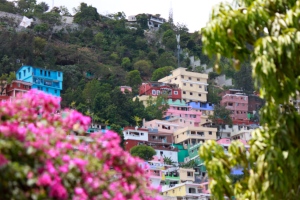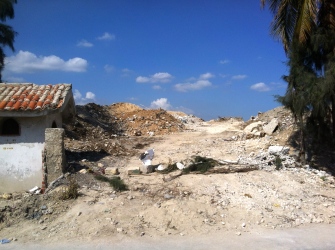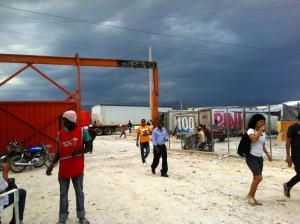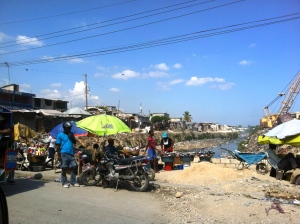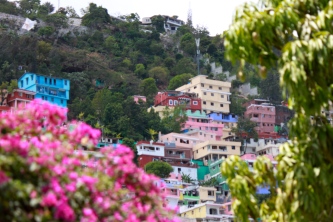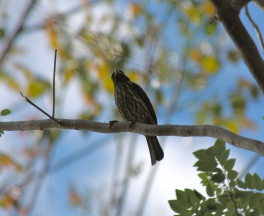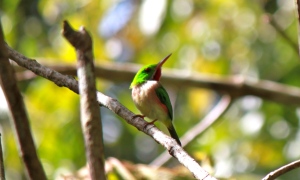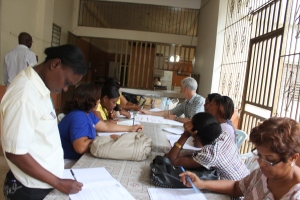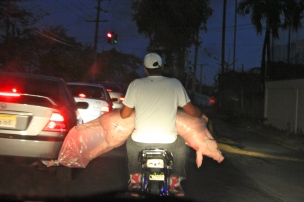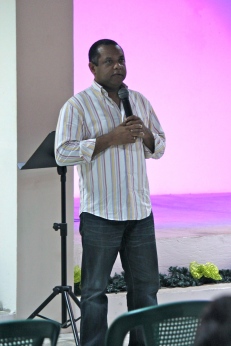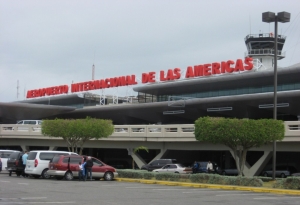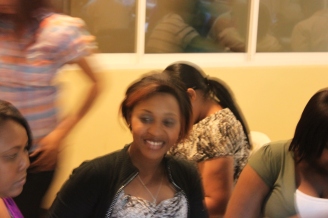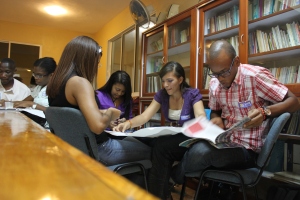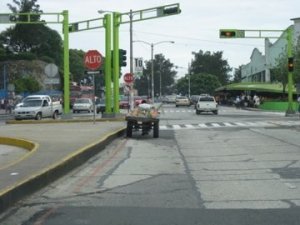
One of the things I love about working in the city, and for the city, is that I get to constantly challenge my knowledge, and experience. As I move forward as somebody who is trying to create spaces for people to gather, and dream for a better city, I realize that I don’t know as much as think, or have as much expertise in certain areas as I think I do. The cool thing is that sometimes it takes me to leave the city to reenergize myself, and dream on behalf o the city I call home.
About a month ago I had the opportunity to leave my city, and challenge all the knowledge, and experience I have in regards of community development in the urban environment. It took me to be out of the city to re-think, and re-engenier my understanding of the community development process that I have learned and practiced for years now. The process that I experienced is called Arumonosagashi, which in Japanese literally means “to find what already exists”. This process was lead by someone who is becoming a friend, and is a fellow dreamer for our city, and country, Eduardo Magermans. I learned this methodology in a rural community called El Rosario, About 1 1/5 hours away form the city.
Eduardo learned this methodology in Japan, and contextualized it to the Guatemalan context. What this methodology basically does is to create an encounter between the foreigner (researcher, developer, non-for-profit, or NGO), and the community. The idea is that the outsider will join community leaders, and members to develop the community together. The uniqueness of this method relies on what is called a “soft approach”. This movement forces the researcher to enter into relationship with the individuals of the community. There is no survey answering, statistic analysis, or project proposals. Both parts involved in the process, the community and foreigners, encounter each other in story-telling to find what already exists in the community. Some might say that this is Asset Based Community Development (ABCD), but is not. In ABCD we survey, propose the projects, and use the assets of the community to develop the community. In Arumonosagashi we observe, hear, tell stories, and find what already exists through the relationship that is forged during the process. After experiencing both methods I could say that Arumonosagashi and ABCD complement each other.
I think, However, that the part that challenged me the most was that the outsider does not propose any projects or ideas. This is, of course, counterintuitive to what most of us learn in community development, because the outsider has the right information to improve, and develop. Interestingly, this kind of thinking just takes us deeper into the paternalistic, and colonial approach of development. During the process of Arumonosagashi I learned that in order to have sustainable development I don’t have to propose a projects. It is the community, the leaders, the families, the teachers, the group of individuals that form the community who have to come up with the ideas of the things they need to improve. In other words, and using a bit of Freire’s language, Arumonosagashi is a process of concientização, a democratic way of bringing change, and transformation to the community. It is in the process of story telling, walking the community, seeing what is, and listening to the members of the community that we find what already exists. It is in that process that each one of the participants, the foreigner and the community, find the beauty and affliction that surrounds them. And, once they see with the eyes of each other, they realize, and become conscious of the things that need improvement, change, or transformation.
At the end of the process, the group of people who does the Arumonosgashi, the foreigners, eats with the community, and gives a report of the findings of the research. This is a beautiful moment, because the foreigner gets a change to praise the goodness of the community. In doing so, the outsider helps the community members to see the things that are hurting them. It is through the counterintuitive process of calling things for what they are, in this case the beauty, that the community sees the things they need to change. And then, only then, it is on the non-profit, NGO, or developer, to work with the community on the things they ask help for. There is no place for imposing projects or ideas. The ideas for the projects have to come out from the members from the community.
Of course, this process takes time, and effort. I know it might not bring tons of donors, and supporters who want to see houses being built, and schools being painted. What I do know, is that slow and sustainable community development will bring people who are truly committed with the social and spiritual renewal of cities. You can see below, some pictures of the community we went as outsiders to do an Arumonosagashi.
This slideshow requires JavaScript.
 One of the things I love about working in the city, and for the city, is that I get to constantly challenge my knowledge, and experience. As I move forward as somebody who is trying to create spaces for people to gather, and dream for a better city, I realize that I don’t know as much as think, or have as much expertise in certain areas as I think I do. The cool thing is that sometimes it takes me to leave the city to reenergize myself, and dream on behalf o the city I call home.
One of the things I love about working in the city, and for the city, is that I get to constantly challenge my knowledge, and experience. As I move forward as somebody who is trying to create spaces for people to gather, and dream for a better city, I realize that I don’t know as much as think, or have as much expertise in certain areas as I think I do. The cool thing is that sometimes it takes me to leave the city to reenergize myself, and dream on behalf o the city I call home. One of the things I love about working in the city, and for the city, is that I get to constantly challenge my knowledge, and experience. As I move forward as somebody who is trying to create spaces for people to gather, and dream for a better city, I realize that I don’t know as much as think, or have as much expertise in certain areas as I think I do. The cool thing is that sometimes it takes me to leave the city to reenergize myself, and dream on behalf o the city I call home.
One of the things I love about working in the city, and for the city, is that I get to constantly challenge my knowledge, and experience. As I move forward as somebody who is trying to create spaces for people to gather, and dream for a better city, I realize that I don’t know as much as think, or have as much expertise in certain areas as I think I do. The cool thing is that sometimes it takes me to leave the city to reenergize myself, and dream on behalf o the city I call home.